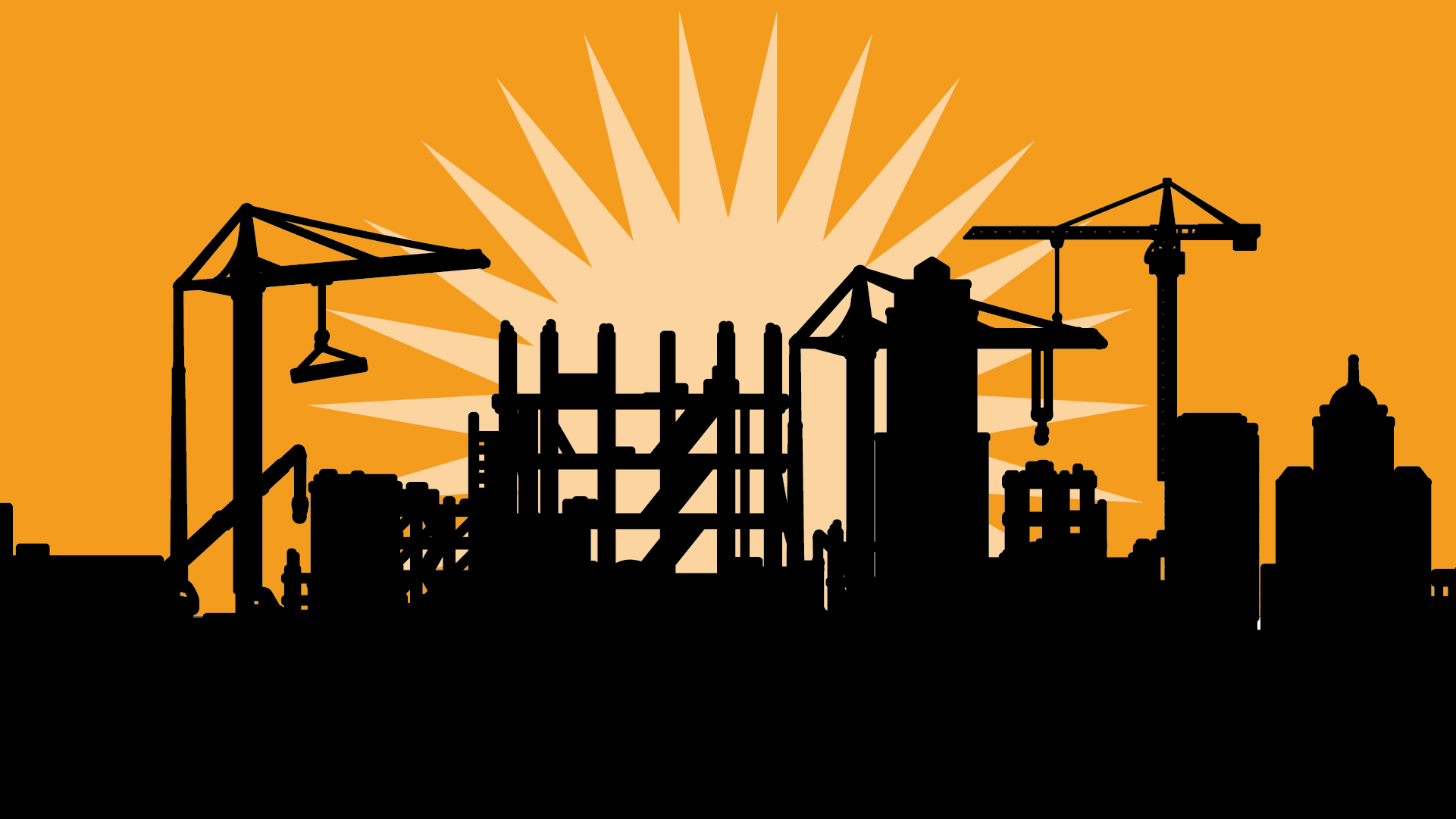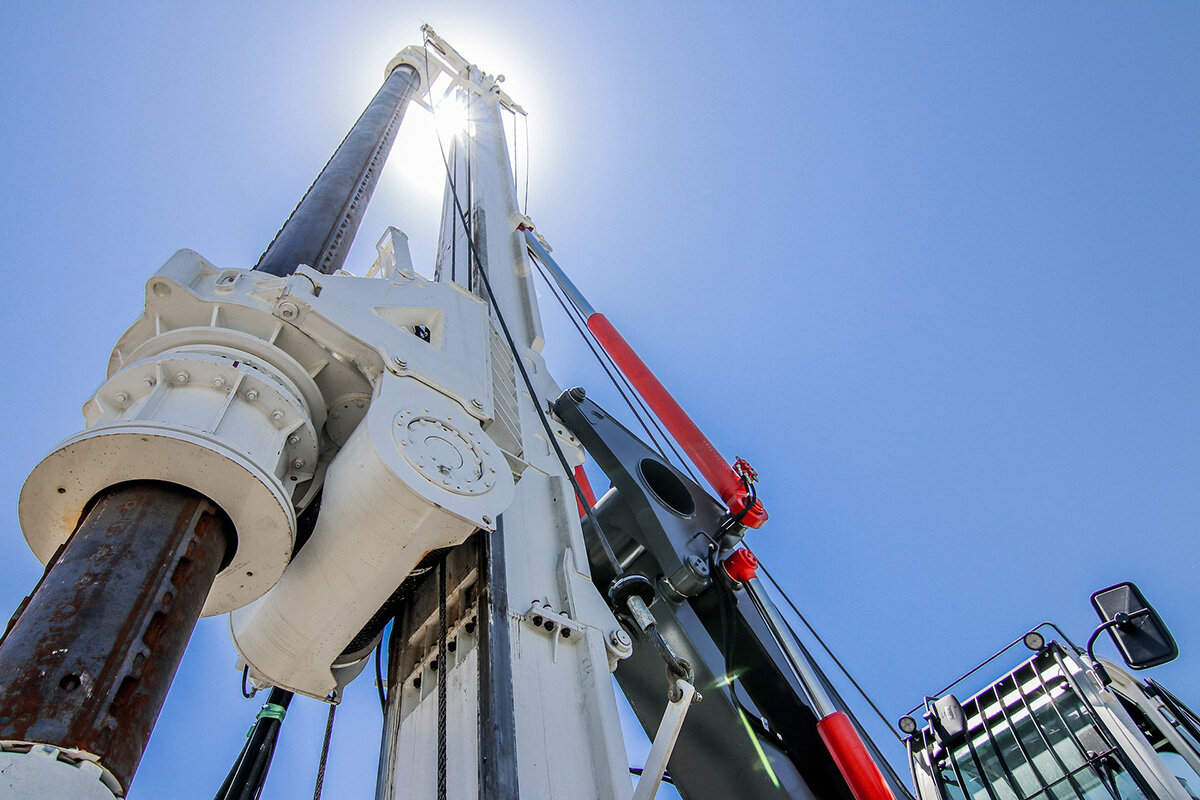
Toolbox Talks
Toolbox Talks safety briefings are an easy and efficient way to keep construction employees safe.
What are Toolbox Talks?
These brief meetings offer an opportunity for team members to learn about potential hazards and preventive measures, as well as a chance for the employer to review safety regulations. They are a great way to ensure that everyone is aware of the safety protocols that must be adhered to in order to prevent accidents and injuries on the job site.
Each toolbox talk has been reviewed and approved by a subject matter expert at L&I DOSH.
NEW! Search Toolbox Talks
Type a search term in the search box below to view English toolbox talks that match your search query. Or, use the category dropdown to view related talks.
Funding and support for the Toolbox Talks project and mobile apps has been provided by the State of Washington, Department of Labor & Industries, Safety & Health Investment Project.
Flagging at Night
Date Posted: 09/12/2016
Night work flaggers are faced with more challenging and dangerous situations than flaggers working during daylight hours. Nighttime drivers are more inattentive due to driver fatigue from the completion of the day. It is important for flaggers to remain alert and watch traffic approaching from both directions.
Gasoline Handling Safety
Date Posted: 09/12/2016
Gasoline can be used on job-sites for some tools and equipment. Improper handling of gasoline increases the workers risk for serious injuries and even fatalities.
Geothermal Wells
Date Posted: 09/12/2016
Geo Thermal Wells can be horizontal at 5-10 feet deep but most often they are vertically drilled 150-300 feet deep into the ground. The closed loop wells are filled with HDPE pipe carrying water that leverages the earth’s constant 55 degree temperature to reduce building heating and cooling demands. The majority of the mechanical system is essentially buried underground instead of a large cooling tower and chiller. The result is a very small mechanical room, minimal wiring, materials and safety hazards after installation.
Guardrails
Date Posted: 09/11/2016
Guardrails offer a level of protection that is above personal fall arrest. When installed properly, guardrails prevent falls from happening. (WAC 296-155-24615)
Hazardous Communication
Date Posted: 09/10/2016
The Hazard Communication Standard (HCS) is now aligned with the Globally Harmonized System of Classification and Labeling of Chemicals (GHS). This update will provide a common and clear approach to classifying chemicals and communicating hazard information:
Housekeeping
Date Posted: 09/08/2016
Lack of proper housekeeping on the job is one safety hazard common to all construction projects. Good housekeeping is one item that can help improve not only the safety on the job, but also the morale and productivity of the workers.
Lumber Reuse
Date Posted: 09/06/2016
Lumber Reuse focuses on the removal of old wooden beams, columns, decking, studs, and ornamental woodworks for the reuse in new structures. It is becoming more common as virgin wood products are more expensive and the appearance can often be more attractive. The reuse of salvaged lumber products also reduces unnecessary material from being sent to the landfill.
Mobile Equipment
Date Posted: 09/05/2016
There are many types of mobile equipment, their use depends on the processes involved with the industry.
Night Work
Date Posted: 09/04/2016
Night work is often necessary to complete a given task on a construction site. Night work can provide specific challenges that are not experienced during the day, particularly visibility. The following tips will help during those times.
Paint Spraying Operations
Date Posted: 09/04/2016
Summer is the season when many people want their houses repainted. In the Northwest, we get very few opportunities with good weather. It is important to not be in too much of a hurry that safety concerns are overlooked.
Pedestrians and Night Work
Date Posted: 09/03/2016
Night work is difficult, especially with regards to visibility of pedestrians. Construction workers typically wear class 2, or at least high visibility garments. Pedestrians rarely wear high visibility garments which can create increased risk at the jobsite during the night.
Pervious Concrete
Date Posted: 09/03/2016
Pervious Concrete uses materials with larger aggregate to create voids for water to pass through it and back into the ground. Unlike typical concrete mixes, pervious mixes are hard to vibrate into place and thus require more manual labor to install, spread, and compress.
Rainwater Collection and Storage
Date Posted: 08/31/2016
Rainwater Collection & Storage can be used instead of potable (drinking) water for things like irrigation or flushing toilets.
Raised Flooring
Date Posted: 08/30/2016
Raised Flooring Systems allow ventilation, plumbing, and/or high and low voltage systems to be installed under the floor. Under-floor air distribution has been found to be more energy efficient because less fan power is required to distribute air at the floor than in overhead in the conventional ceiling systems. As a result, there is less overhead work on a ladder but more trip and fall hazards.
Rebar Safety
Date Posted: 08/29/2016
Rebar is used on almost every job site. All protruding rebar is hazardous. Employees can fall on protruding rebar, creating major and even life-threatening injuries.
Recycled Concrete
Date Posted: 08/29/2016
Concrete is often used for non-structural fill, road base aggregate, or for specific landscaping projects. In some cases it is more cost effective to recycle a concrete building by crushing it onsite and use the crushed material for the new project. The use of recycled concrete significantly reduces unnecessary material being sent to the landfill.
Rigging Safety Practices
Date Posted: 08/29/2016
Over the years workers in the construction industry have been seriously injured or killed while working with or near rigging operations. Employees whose work activities include rigging must be trained in the recognition and avoidance of unsafe conditions.
SDS New Standard
Date Posted: 08/27/2016
The Globally Harmonized System (GHS) of Classification and Labeling of Chemicals has already been incorporated into federal OSHA's Hazard Communication Standard and adopted identically in Washington State. Material Safety Data Sheets (MSDSs) are starting to be phased out and replaced by newly required Safety Data Sheets (SDSs). Although content details on labels and SDSs are affected by the GHS, many of the current requirements are not changing. For example, requirements to distribute SDSs, label workplace containers, and train employees will remain the same.
Shading Devices
Date Posted: 08/26/2016
Exterior Shading Devices are being installed on green building projects to prevent heat, from the suns rays, from entering the building. Exterior shading devices allow daylight to enter a space while keeping direct sunlight and heat out, using nature to reduce cooling and lighting demands. Depending on their location, shading devices create an additional obstruction and/or obstacle for completing the construction and maintenance of a building.
Download the FREE
Toolbox Talks App!
Discover, discuss, and document over 150 Toolbox Talks! The Toolbox Talks app makes it simple to find safety talks for both construction and marine industries in English, Spanish, and Russian. Find a talk to review, then document your safety briefing with a signature capture form that generates a PDF of the meeting details that you can email or save to your device.
Funding and support for the Toolbox Talks project and mobile apps has been provided by the State of Washington, Department of Labor & Industries, Safety & Health Investment Project.


























